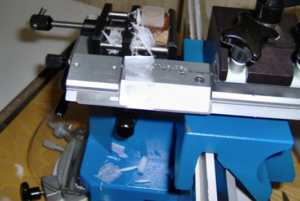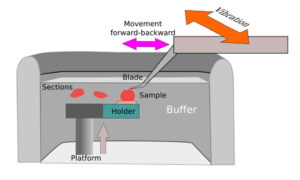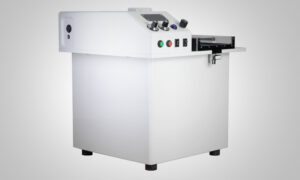Category: Scientific Tools & Techniques
If you work with tissue sectioning regularly, you know how important it is to get clean, consistent slices for your experiments. Whether you’re conducting histology, electrophysiology, or molecular studies, the quality of your tissue sections can make all the difference. But what happens when your sliding microtome starts causing more problems than it solves? Uneven […]
Written by Abby Chu on February 12, 2025
Hi there! As Chief Scientific Officer at Precisionary Instruments, I’ve had the privilege of working with countless researchers to optimize their tissue sectioning for immunohistochemistry (IHC). Whether you’re studying protein localization, cellular structures, or disease markers, the quality of your tissue sections can make or break your experiment. One of the most common questions I […]
Written by Abby Chu on December 17, 2024
If you’re involved in tissue sectioning, you’ve probably heard the terms “vibrating microtome” and “vibratome” thrown around quite a bit. Spoiler alert: they’re actually the same thing! But let’s dive a bit deeper into what these nifty tools are, their history, and how Precisionary Instruments has made some game-changing improvements over the years with our […]
Written by Abby Chu on July 22, 2024
Challenges in High-Throughput Tissue Sectioning Are you facing challenges with tissue sectioning efficiency or the need for high-throughput slicing? If so, our latest innovation, the Compresstome VF-800-0Z vibratome, may hold the solution you’ve been searching for. Compresstome VF-800-0Z for High-Throughput Tissue Sectioning We are thrilled to announce the successful design and testing of our new […]
Written by Abby Chu on February 13, 2024
Microtome, vibratome, vibrating microtome…you’ve heard so many different terms for this type of laboratory equipment. Let us help you clear up any confusions in terminology! Defining microtome vs vibratome A microtome is a device used to cut very thin slices of tissue, called sections, for examination under a microscope. It typically uses a sharp, stationary […]
Written by Abby Chu on May 1, 2023





